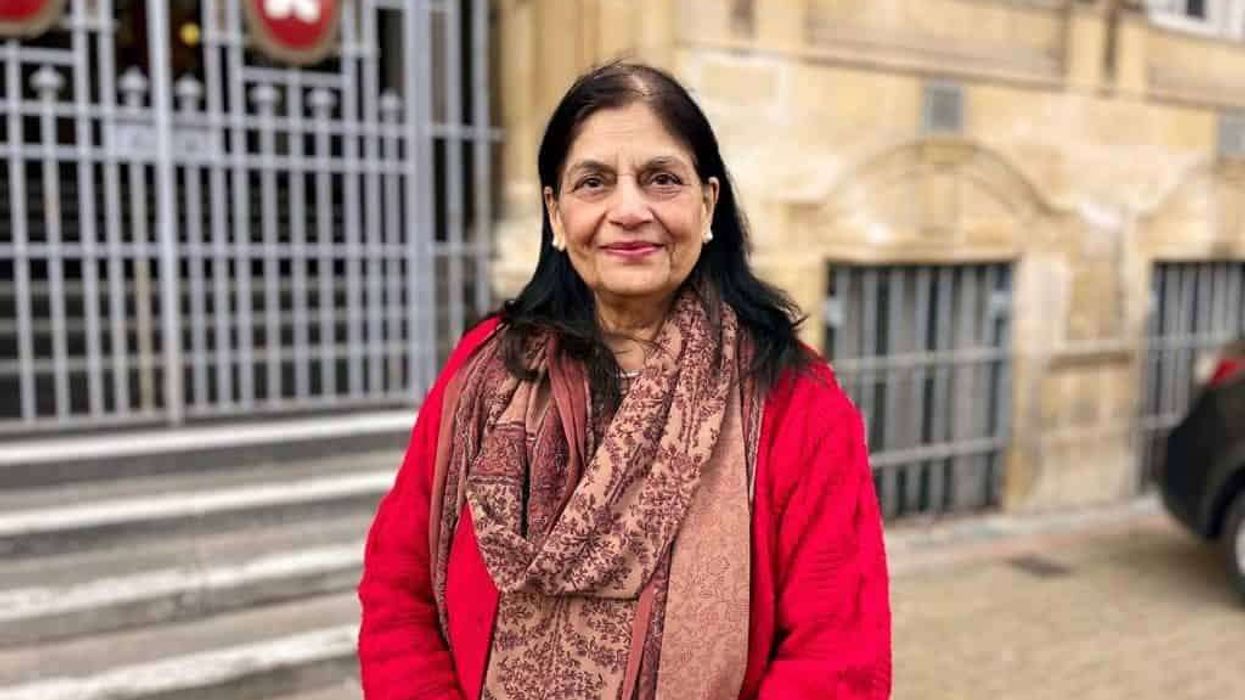By Dr Raj Persaud
FRCPsychConsultant Psychiatrist
ON JUNE 7, the statue of Edward Colston, a slave trader, was torn down during an anti-racism protest in Bristol following the death of a black man, George Floyd, in the US, in police custody.
Statues of other prominent historic men then became targets, including Winston Churchill’s figure in London’s Parliament Square, on which was daubed slogans, including ‘was a racist’.
Ramachandra Guha, a historian and economist, does point out in a recent article for The Atlantic, entitled, ‘Churchill, the Greatest Briton, Hated Gandhi, the Greatest Indian’, that Churchill confided to a senior Cabinet colleague, that Indians were… “a beastly people with a beastly religion”. Churchill described Mahatma Gandhi as: “…a seditious Middle Temple lawyer, now posing as a fakir of a type well known in the East, striding half-naked up the steps of the Viceregal palace.”
Many Indians are aware of Churchill’s position in this regard, yet, thanks to the philosophy underpinning the way Gandhi helped India liberate itself, they don’t deface Churchill’s statue. Gandhi encouraged a more nuanced view of hostilities, that took account of the human being inside even his most implacable enemies.
Yet, that same Sunday (7) afternoon on Parliament Square, protesters then draped placards with anti-racism messages across Gandhi’s statue, and similarly wrote ‘racist’ near its plinth.
Also, in Washington DC, in early June, prior to the London incident, and apparently as part of the same George Floyd ‘Black Lives Matter’ protests, the statue of the Mahatma outside the Indian Embassy was attacked, and is now covered, pending repair.
The idea of pulling down Gandhi’s statue went mainstream with the publication of a letter in The Daily Telegraph on June 9. A reader, Mr Thomson, wrote that, as the statue of Churchill had the words – “was a racist” – spray-painted on it, why was the nearby statue of Gandhi not also similarly defaced? This reader asserted: Gandhi wrote racist comments about black Africans when he was in South Africa. The university of Ghana removed his statue in 2018 because of this. Should we not take his statue down immediately?
But the claim that Gandhi was a racist remains controversial, most recently promulgated by a book published in 2016, The South African Gandhi: Stretcher-bearer of Empire, by Ashwin Desai and Goolam Vahed; the key thesis appears to be that Gandhi separated the fight for justice for Indians – while he was in South Africa – from the African struggle there.
Other recent books, such as Faisal Devji’s The Impossible Indian: Gandhi and the Temptations of Violence (2011) and Joseph Lelyveld’s book, Great Soul: Mahatma Gandhi and his struggle with India (2011), threaten to topple Gandhi’s standing in the world.
Author Pankaj Mishra, in a review of Lelyveld’s book in The New Yorker said: “Lelyveld shatters the attractive myth . . . of the brave little man in a loincloth bringing down a mighty empire.”
The provocative subtitle of Desai and Vahed’s book – Stretcher-bearer for Empire – refers to Gandhi’s ambulance work during the Anglo-Boer War and the notorious Bhambatha Rebellion, named after a Zulu resistance leader, who encouraged a significant number of Zulus to refuse to pay a British levied tax; a foreshadowing of some of Gandhi’s own tactics against British rule of India in decades to come.
An allegation is Gandhi raised a unit of ambulance workers among the South African Indians to help the British in a war with Zulus fighting for their independence. These ambulance missions, it is alleged, symbolised Gandhi’s fundamental loyalty to the Empire.
Thousands of Zulus died, or were imprisoned, or flogged in a campaign that Gandhi, it is contended, did little to directly oppose.
However, other reports suggest Gandhi’s ambulance work at the time also involved rendering aid to wounded Zulus. Other historical accounts also allege that Zulus were themselves recruited into the fighting force against their own brethren.
The idea that Gandhi abandoned African’s struggle to pursue merely Indian ones is contradicted by the fact Gandhi later met the leadership of the African- American civil rights movement, and he inspired Martin Luther King.
As reported by Anil Nauriya, the author of a book entitled The African Element In Gandhi, in a speech at the Johannesburg YMCA on May 18, 1908, Gandhi had said: “If we look into the future, is it not a heritage we have to leave to posterity, that all the different races commingle and produce a civilisation that perhaps the world has not yet seen?”
Nuriya, a lawyer and author, argues that if the young Gandhi shared any prejudices towards Africans, he outgrew these by around 1908, six years before he left Africa. Therefore, the contemporary accusations that Gandhi was racist neither reflect the totality of his life, nor are a fair representation of a more complex story.
Nelson Mandela writing in Time Magazine (The Sacred Warrior, Dec. 31, 1999) said of Gandhi that he is the archetypal anticolonial revolutionary. His strategy of non-cooperation, his assertion we can be dominated only if we cooperate with our dominators, and his non-violent resistance inspired anti-colonial and anti-racist movements internationally in our century… The Gandhian influence dominated freedom struggles on the African continent right up to the 1960s because of the power it generated and the unity it forged among the apparently powerless...”
Given the current fashion for invoking ‘unconscious bias’, it was perhaps inevitable that Gandhi would become a target of the mob; they may be disturbed at a pre-conscious level by Gandhi’s rejection of their violence and his advocacy of constructive engagement with the enemy, as well as dogged presentation of rigorous argument, as opposed to reflexive negating any position other than your own.
As Mandela points out in the above quote, Gandhi also believed that any genuinely effective liberation struggle (as opposed to empty posturing) must start with tough self-examination. This is not fashionable at the moment.
At the time of writing, the statue of Robert Baden-Powell, the founder of the scouts’ movement, is being protected by ordinary residents of Poole, plus other members of the Scouts movement have travelled many miles to stand by the statue to protect it. This is because threats have been made to topple this representation of a man now accused of homophobia, fascism and racism.
If Gandhi’s statues continue to come under threat, then Indians, and all devotees of peaceful, radical, imaginative, non-violent protest for change, must gather at such places, to protect him.











